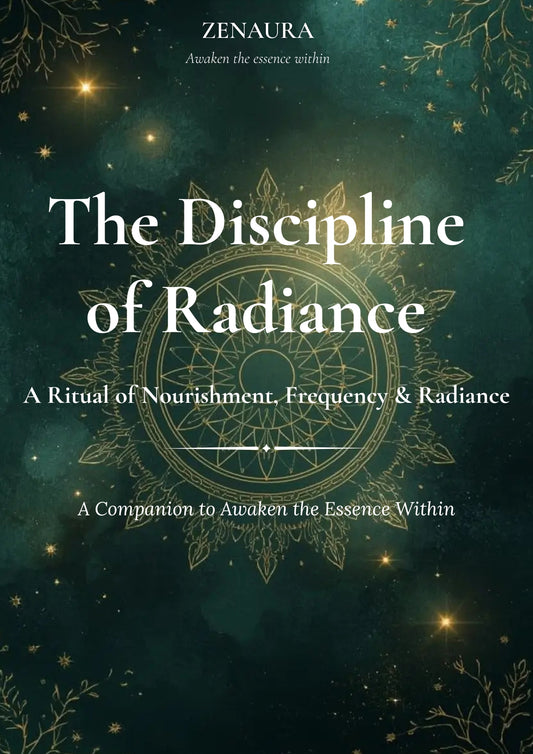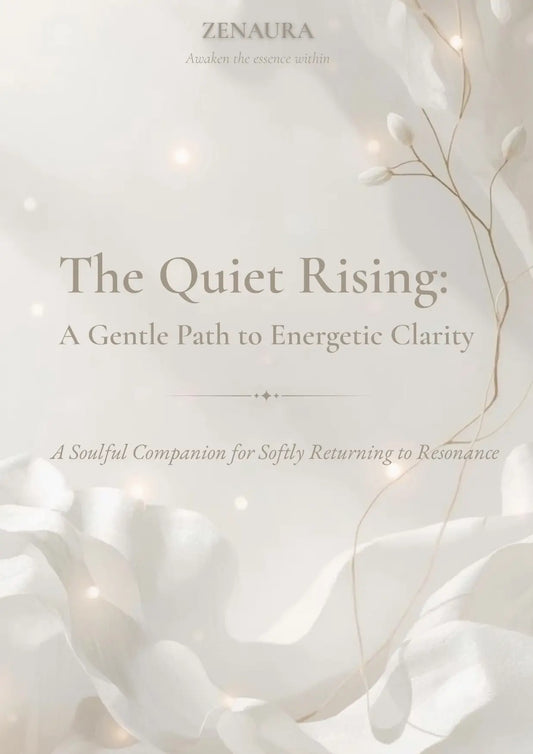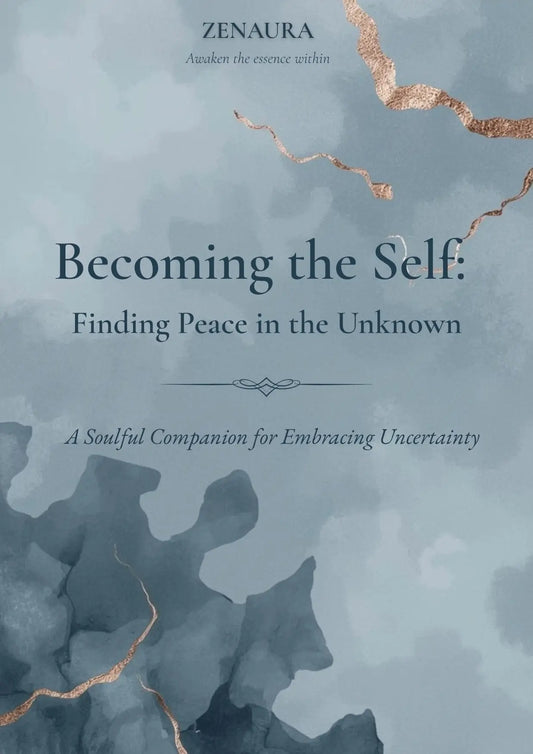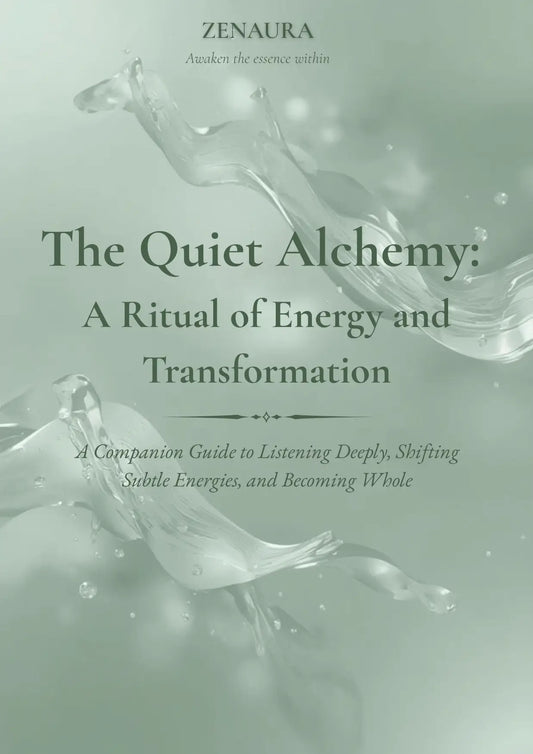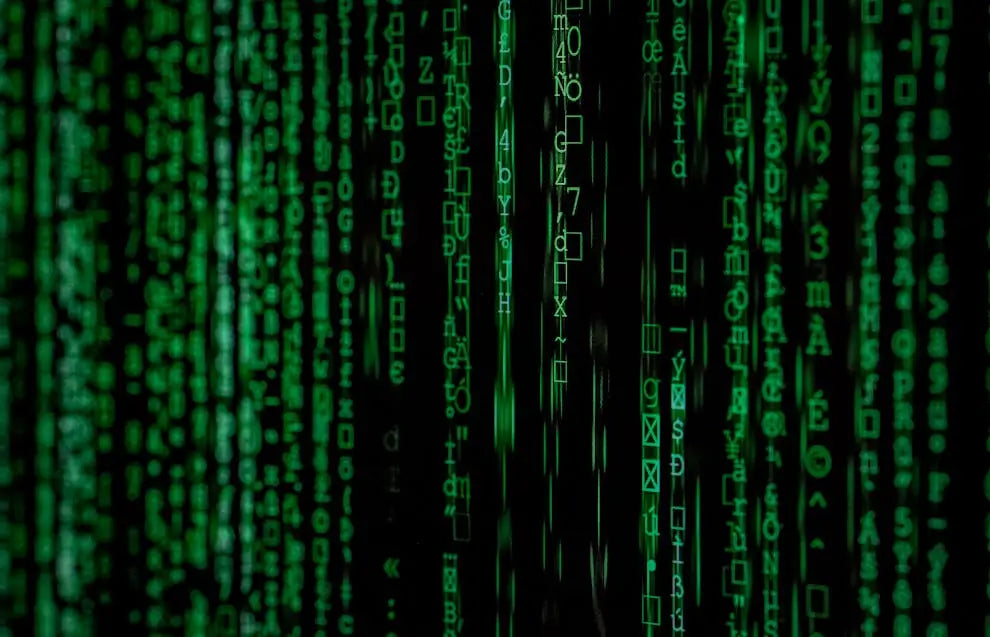
The Matrix System: How Modern Work and Culture Trade Freedom for Obedience
The matrix system does not reward results; it rewards visible obedience. Efficiency is rarely valued for its own sake, while conformity to expected behaviour is elevated above genuine effectiveness. Intelligence that questions is regarded with suspicion, while submission that can be predicted is welcomed.
Responsibility expands within this structure, yet autonomy does not. Tasks increase, accountability multiplies, and expectations grow—but the freedom to choose direction or shape outcomes remains withheld. Burdens are carried without the dignity of decision.
A distinction emerges between working hard and working well. Working hard sustains the machine, creating the appearance of momentum. Working well, however, fosters meaning, creativity, and depth. Yet in the matrix, true value often remains invisible; it is the visible gesture of effort that counts. The result is an illusion of progress—constant movement without genuine freedom.
In this way, the system consumes not only labour but life itself. It trains individuals to exchange vitality for approval, curiosity for predictability, and existence for survival. The measure of worth becomes obedience rather than contribution, and predictability rather than imagination.
The Education Trap: Memorisation and the Illusion of Success
The foundation of the matrix is laid in early life. Schools present themselves as places of discovery, yet the deeper lesson is conformity. Memorisation is rewarded, questioning is discouraged. The grade becomes a measure of identity, and curiosity is gradually replaced by caution.
The old belief takes root: study diligently, pass the test, achieve recognition, and stability will follow. Stability is framed as freedom, and compliance as wisdom. Ambition is not eliminated but redirected—channelled toward socially approved milestones.
Even in youth, responsibility is assigned without autonomy. Students carry the weight of projects and outcomes while rarely determining their purpose or methods. Accountability is demanded without genuine freedom to choose. This subtle pattern becomes rehearsal for adulthood: responsibility multiplied, autonomy withheld.
The system teaches that visible diligence is more valuable than true understanding. Creativity is tolerated within boundaries, but only when it can be shaped into predictable forms. From the earliest lessons, individuality is overshadowed by conformity, and obedience becomes the foundation of advancement.
Rat Race: Corporate Life and the Trap
Adulthood continues the training. The exchange of life for salary becomes the central rhythm, a quiet trade sustained by necessity. The corporate rat race is its most visible form, a structure that thrives not on insight or originality but on visible compliance and performance.
Hierarchies, performance metrics, and quarterly reviews reinforce this structure. Effort must be demonstrated, meetings attended, tasks recorded. Responsibility increases at each level—teams, projects, outcomes—yet the power to shape direction often diminishes. The paradox emerges: accountability without freedom, weight without agency.
This imbalance defines the modern workplace. The worker is indispensable yet replaceable, responsible yet constrained. The essence of the paradox is responsibility without autonomy, a condition that depletes energy while preserving control for the system itself.
The rat race extends beyond the office. Taxes, regulations, and obligations reinforce the cycle, ensuring that compliance sustains not only corporations but entire economies. Advancement promises empowerment, but the promise often dissolves into greater accountability with no true increase in freedom.
The result is exhaustion. Burnout becomes inevitable when labour is measured by visibility rather than substance, when value is defined by compliance rather than contribution. The spirit becomes weary under conditions where work sustains survival but rarely nourishes meaning.
Social and Cultural Trap
Beyond the corporate structure, another matrix exists: the cultural cage of consumerism and social validation. Products are offered not as necessities but as symbols of worth, markers of belonging in a competitive arena.
Digital spaces amplify this pattern. Social media transforms recognition into currency—likes, comments, and followers become subtle measurements of existence. Appearances are curated, comparisons are constant, and validation becomes the quiet overseer of modern life.
Here too, responsibility exists without autonomy. There is the burden of maintaining an image, of projecting success, of managing perception—yet there is no control over how recognition is given or withheld. Effort is poured into appearances, while the freedom to define meaning remains elusive.
The cultural matrix ensures that the rat race extends beyond work into social life. Consumption becomes performance, performance becomes identity, and identity becomes a fragile construct shaped by external approval. The cycle sustains itself by comparison, competition, and impression.
Autonomy fades as existence is measured not by presence or authenticity but by visibility and recognition. Life becomes performance in both professional and personal arenas, and the distinction between labour and leisure dissolves into a seamless continuity of obedience.
Miserable Retirement
At the end of this long obedience, a promise awaits: retirement. Freedom, rest, and autonomy are deferred rewards for decades of compliance. Yet this promise often arrives when vitality has waned and health has declined.
Years spent meeting expectations and carrying responsibility without freedom cannot be reclaimed in their fullness. Security remains, but presence has been diminished. The deferred life leaves a haunting question: Was this the entirety of it?
Retirement, in such cases, is not liberation but reflection—a mirror showing the cost of decades lived under the matrix system. The system promised stability, but stability demanded life itself as payment.
The tragedy is not only in what was lost but in the recognition of how subtly it was surrendered. The burden of responsibility was embraced without the dignity of autonomy. Effort was multiplied, yet meaning remained scarce. Approval was sought, yet fulfilment was postponed.
| To navigate your life with awareness and reclaim autonomy, explore your Sacred Soul Map — a guide to uncover your unique energy patterns, priorities, and path to meaningful living. |
Seeing the Cage
The matrix system is not constructed of wires or walls. Its foundation is belief, its strength lies in consent. Responsibility without autonomy, obedience over results, performance over meaning—these are its invisible chains.
Its greatest power is invisibility. The system disguises itself as stability, success, progress. It sustains itself not through force but through quiet agreement. Individuals comply, often unknowingly, exchanging freedom for recognition, meaning for approval.
Yet awareness shifts the balance. Recognition of the cage does not dissolve it, but it makes resistance possible. To see the pattern is the first act of freedom. To distinguish between working hard and working well, between carrying burdens and shaping life, between performing and creating—this is the quiet rebellion.
Liberation does not require escape but awareness. Within the system, choices can still be made—small, deliberate, meaningful. Autonomy can be reclaimed in moments, in acts of creation, in spaces where presence outweighs performance.
The matrix may define the structure of the world, but it need not define the substance of a life. To live deliberately, to choose meaning over conformity, to recognise the difference between visible effort and true contribution—this is to reclaim life within the cage.



